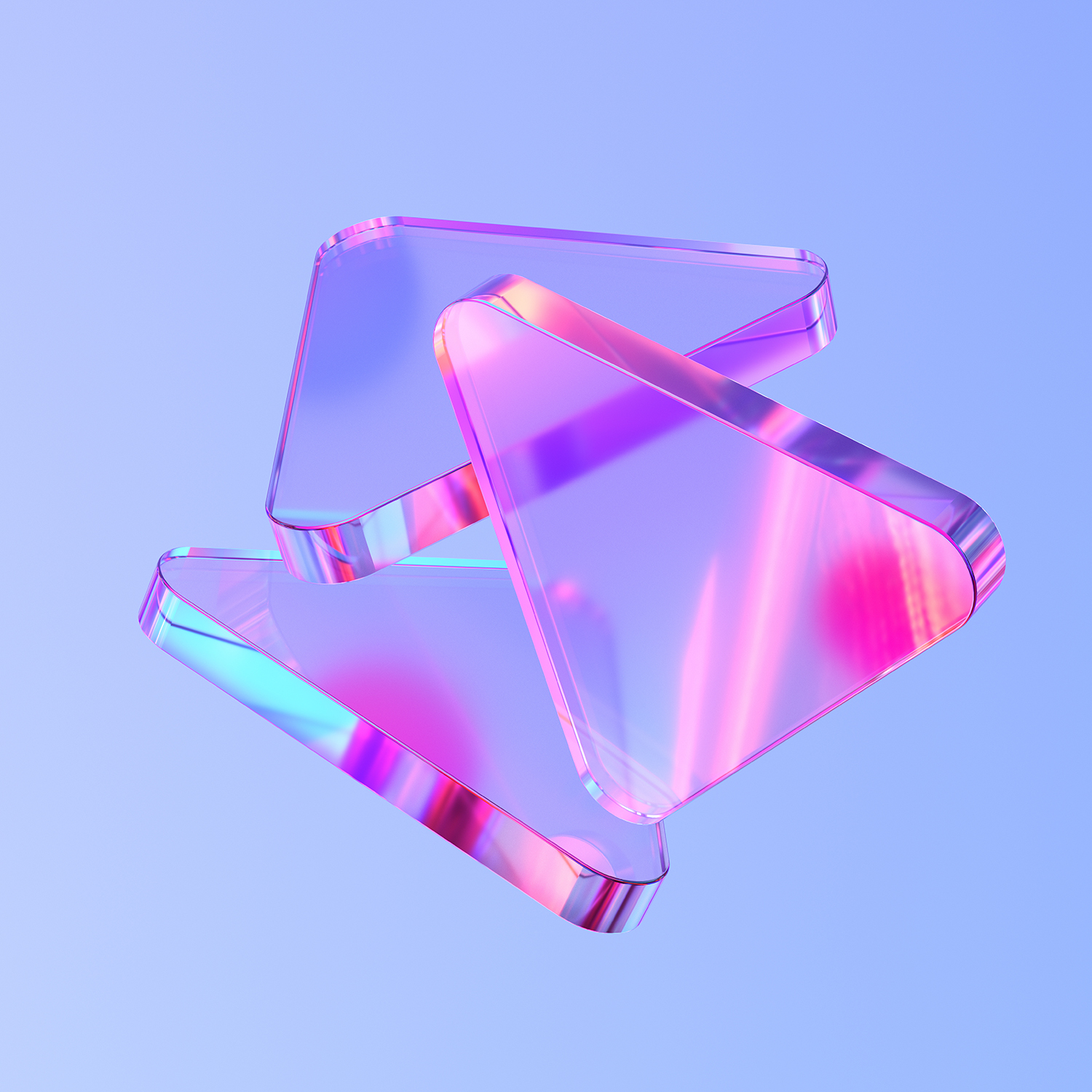I came across this wild statistic that really caught my attention: a study in *Behavior & Information Technology* says people form an opinion about a website in just 50 milliseconds. Can you believe that? That’s quicker than a blink!
Think about it—when someone visits your website, they’re looking for something specific, right? They don’t want to be bombarded with pop-ups or be forced into signing up for something immediately. Instead, they want helpful info that guides them through what you offer, builds trust, and makes it easy to navigate.
Early in my career, I used to think that if a website looked good enough, people would stick around. But the more I studied user behavior, the more I realized it’s way more profound than that. People go through three emotional phases the first time they land on your site: The First Look, The Excitement, and The Impression.
Let me walk you through what I’ve learned.
1. The First Look
Picture this: someone clicks on your site, and bam—the first thing they see is your homepage. Their brain is racing, processing all the visuals, colors, and words in just a few seconds. The First Look is crucial. It’s that moment when they decide, “Do I like this?” or “Am I out of here?”
What I’ve learned is that less is more. People don’t want to be bombarded with information when they land on your site. They want clarity. A clean design, a sharp headline, and a simple call to action make a world of difference. Think of it like when you meet someone for the first time—you want to make a strong, but not overwhelming, impression. The same goes for your site’s first look. It’s the digital equivalent of a good handshake: firm, but not too much.
For me, nailing The First Look is about making people feel comfortable right away. They should immediately understand what your site is about without feeling lost or overwhelmed. Simple, clear, and welcoming.
2. The Excitement
Now, if they’ve decided to stay past that initial moment, it means they’re interested. This is where The Excitement kicks in. It’s when your visitors start exploring and thinking, “What else is here for me?” And this is the fun part.
I used to think adding cool design features or flashy animations would make people excited. But what I realized is that excitement comes from simplicity in action. It’s about making navigation intuitive. The easier it is to find things, the more engaged your visitors will be. When I designed with that in mind, I noticed people sticking around longer, clicking deeper, and engaging more.
Think of it like a great conversation. You’ve got their attention—now keep it going with smooth, natural transitions. Whether it’s clever micro-interactions, crisp animations, or a satisfying click, it makes every interaction feel like a discovery.
I strive to create that “Wow, I need to see more” feeling. It’s about engaging not just the eyes but the curiosity.
Recently, I was searching for an electric bike and came across Cowboy’s website. I immediately felt a positive vibe from it.
Side Tip:
One lesson I’ve embraced is the power of storytelling within a website. By guiding visitors through a narrative—be it through visuals, copy, or interactive elements—we can make the experience memorable. I’ve started incorporating user journey maps to ensure that each click leads to increased interest.
3. The impression
Here’s the kicker: the last phase, The Impression. This is what they leave with when they finally close the tab. Are they feeling good about their visit? Will they come back? Did they bookmark your site or sign up for your newsletter?
I always ask myself, “What do I want them to remember?” If their final impression is, “That was confusing” or “I didn’t find what I needed,” then all the cool designs in the world won’t bring them back. This is where consistency matters. The way your site flows, the ease of navigation, and the overall vibe all need to tie together and leave them thinking, “I trust this place.”
Remember, not everyone is ready to buy the first time they check out your site… and that’s totally fine! Sometimes, it’s all about starting the relationship, giving them a great experience, and setting the stage for them to come back when they’re ready.
I’ve learned that The Impression is where loyalty is built. A good experience lingers. People remember how your site made them feel, and if it’s positive, they’ll come back. For me, this means thinking through every detail—right down to the footer. Everything should say, “You can trust me. You’ll find what you’re looking for here.”
The ultimate goal is to leave a lasting impression. I want visitors to remember the site long after they’ve closed the tab—or at least until their next coffee break. This isn’t just about aesthetics; it’s about resonating on a deeper level.
Side Tip: Lessons from Experience
Feedback has been my greatest teacher. By implementing surveys and usability tests, I’ve gathered insights that textbooks could never provide. Users have pointed out things I never considered, like how a simple Thank You page after a form submission can make the experience feel more human.
As I think back to that staggering statistic—users forming an opinion in just 50 milliseconds—I’m reminded of why I fell in love with design in the first place. It’s both a challenge and an opportunity. Every pixel, every choice of color, and every word carries weight. Those fleeting moments are my chance to make a connection, to spark excitement, and to leave a lasting impression.

